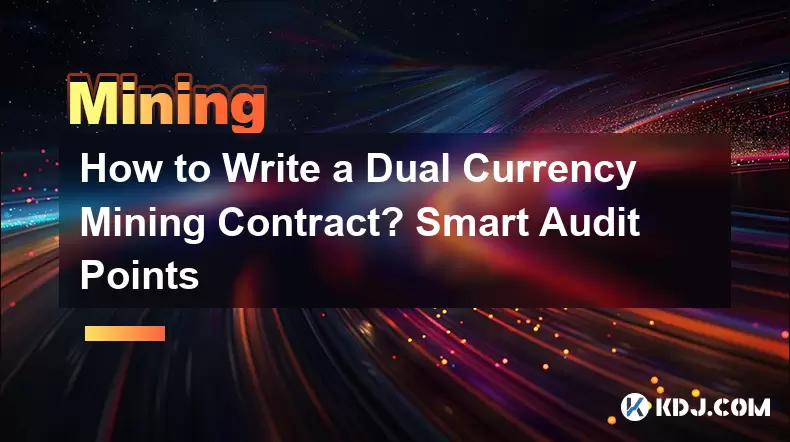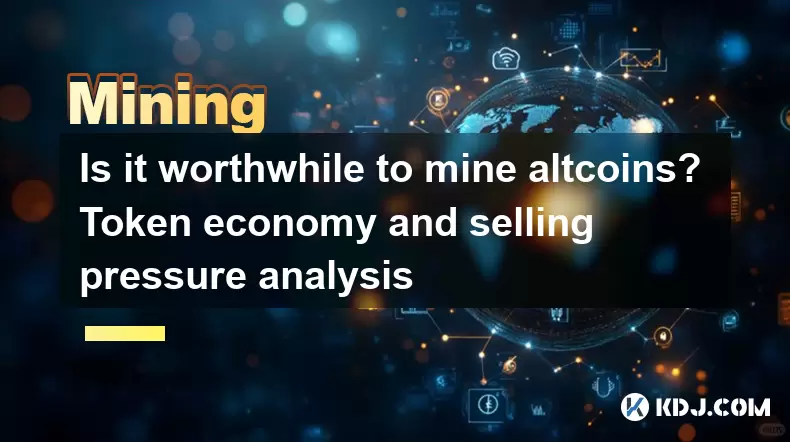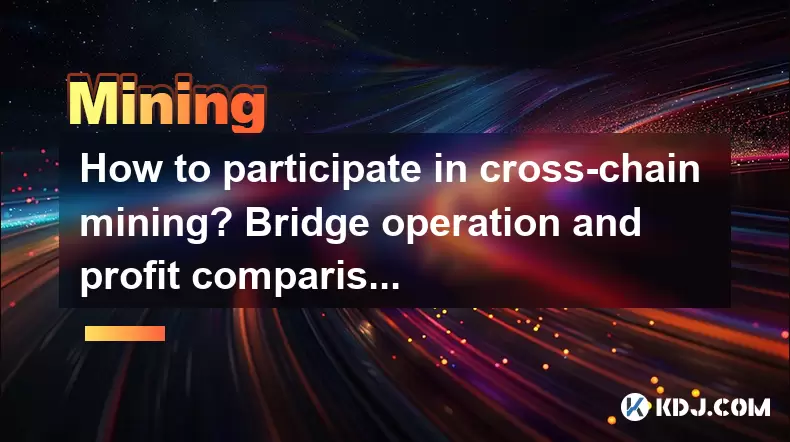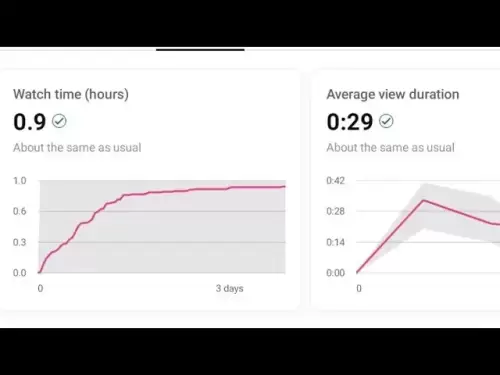-
 Bitcoin
Bitcoin $103,456.1111
0.49% -
 Ethereum
Ethereum $2,414.9631
0.02% -
 Tether USDt
Tether USDt $1.0006
0.05% -
 XRP
XRP $2.1083
0.24% -
 BNB
BNB $634.8760
-0.76% -
 Solana
Solana $139.8437
1.94% -
 USDC
USDC $0.9998
-0.01% -
 TRON
TRON $0.2737
0.97% -
 Dogecoin
Dogecoin $0.1602
0.20% -
 Cardano
Cardano $0.5737
1.08% -
 Hyperliquid
Hyperliquid $32.9779
-2.54% -
 Bitcoin Cash
Bitcoin Cash $474.8886
-1.80% -
 Sui
Sui $2.6272
-1.99% -
 Chainlink
Chainlink $12.4878
0.14% -
 UNUS SED LEO
UNUS SED LEO $8.9234
0.35% -
 Stellar
Stellar $0.2411
-0.18% -
 Avalanche
Avalanche $17.0274
-0.70% -
 Toncoin
Toncoin $2.8936
-1.11% -
 Shiba Inu
Shiba Inu $0.0...01112
-0.58% -
 Litecoin
Litecoin $82.6982
1.33% -
 Hedera
Hedera $0.1423
-0.05% -
 Monero
Monero $314.8455
3.26% -
 Ethena USDe
Ethena USDe $1.0006
0.01% -
 Polkadot
Polkadot $3.4043
1.14% -
 Dai
Dai $0.9999
0.01% -
 Bitget Token
Bitget Token $4.2848
-0.13% -
 Uniswap
Uniswap $6.8748
-5.45% -
 Pepe
Pepe $0.0...09661
0.52% -
 Pi
Pi $0.5359
1.19% -
 Aave
Aave $242.9168
-1.03%
How to Write a Dual Currency Mining Contract? Smart Audit Points
A dual currency mining contract lets users deposit stablecoins like USDT and earn rewards in another token, such as XYZToken, using Solidity-based smart contracts.
Jun 21, 2025 at 10:21 pm

Understanding Dual Currency Mining Contracts
Dual currency mining contracts are a relatively new concept in the cryptocurrency space, particularly within decentralized finance (DeFi) and yield farming protocols. These contracts allow users to deposit one asset while receiving rewards or liquidity in another, often more volatile, token. This mechanism is used by many DeFi platforms to incentivize liquidity provision or staking activity.
A dual currency contract typically involves two tokens: a stablecoin like USDT or USDC as the deposited asset and a native governance or reward token such as XYZToken as the output. Writing such a contract requires a solid understanding of Solidity, the programming language for Ethereum-based smart contracts, and an awareness of security best practices.
Smart audit points refer to critical areas in the code that need special attention during the auditing process to avoid vulnerabilities like reentrancy attacks, incorrect arithmetic operations, or flawed access controls.
Setting Up the Development Environment
Before writing the actual contract, ensure you have the correct tools:
- Remix IDE – A browser-based IDE for writing and deploying Solidity contracts
- Truffle Suite – For advanced testing and deployment workflows
- Hardhat – Another popular development environment with built-in task automation
- OpenZeppelin Contracts – Reusable, audited smart contract components
Install these tools locally or use their online versions. Make sure you're using the latest stable version of Solidity (0.8.x or above), which includes automatic overflow checks.
Core Structure of a Dual Currency Mining Contract
The basic structure of a dual currency mining contract includes several key components:
- User deposits: Users deposit a specific token (e.g., USDT).
- Reward calculation: The contract calculates how much of the secondary token (e.g., XYZ) should be distributed.
- Claiming rewards: Users can claim their earned tokens at any time.
- Emergency withdrawal: A safety function to withdraw funds without claiming rewards.
Here’s a simplified example of how this might look in Solidity:
pragma solidity ^0.8.0;import "@openzeppelin/contracts/token/ERC20/IERC20.sol";
import "@openzeppelin/contracts/access/Ownable.sol";
contract DualCurrencyMiner is Ownable {
IERC20 public depositToken;
IERC20 public rewardToken;
uint256 public rewardPerBlock;
uint256 public lastRewardBlock;
uint256 public accRewardPerShare;
struct UserInfo {
uint256 amount;
uint256 rewardDebt;
}
mapping(address => UserInfo) public userInfo;
constructor(
address _depositToken,
address _rewardToken,
uint256 _rewardPerBlock
) {
depositToken = IERC20(_depositToken);
rewardToken = IERC20(_rewardToken);
rewardPerBlock = _rewardPerBlock;
lastRewardBlock = block.number;
}
function deposit(uint256 _amount) external {
UserInfo storage user = userInfo[msg.sender];
updatePool();
if (user.amount > 0) {
uint256 pending = user.amount * accRewardPerShare / 1e12 - user.rewardDebt;
if (pending > 0) safeTransfer(msg.sender, pending);
}
if (_amount > 0) {
depositToken.transferFrom(msg.sender, address(this), _amount);
user.amount += _amount;
}
user.rewardDebt = user.amount * accRewardPerShare / 1e12;
}
function updatePool() public {
if (block.number <= lastRewardBlock) return;
uint256 blockReward = (block.number - lastRewardBlock) * rewardPerBlock;
accRewardPerShare += blockReward * 1e12 / totalSupply;
lastRewardBlock = block.number;
}
function safeTransfer(address _to, uint256 _amount) internal {
uint256 balance = rewardToken.balanceOf(address(this));
if (_amount > balance) _amount = balance;
rewardToken.transfer(_to, _amount);
}
}
This is a basic skeleton and should not be used in production without further refinements and audits.
Security Considerations and Audit Points
When writing a dual currency mining contract, certain audit points must be rigorously checked to prevent exploits:
- Reentrancy protection: Use OpenZeppelin's ReentrancyGuard modifier to prevent recursive calls from draining funds
- Safe math usage: Even though Solidity 0.8+ has built-in overflow checks, always validate input values before performing arithmetic
- Access control: Ensure only the owner can call sensitive functions like setting reward rates or pausing the contract
- Token approvals: Users must approve the contract to spend their tokens before calling deposit()
- Reward distribution logic: Double-check that rewards are calculated fairly and do not disproportionately favor early adopters
- Emergency functions: Include a way for users to retrieve their funds in case of unexpected behavior or contract freezes
During audits, pay close attention to the flow of tokens and the accuracy of calculations involving large numbers, which can easily lead to integer overflows or underflows.
Testing the Dual Currency Mining Contract
Thorough testing is essential to ensure the contract behaves as expected under various conditions:
- Unit tests: Write tests for each function using Hardhat or Truffle to simulate deposits, withdrawals, and reward claims
- Fuzz testing: Use tools like Echidna to test random inputs and uncover edge cases
- Integration testing: Test interactions between the contract and external tokens, especially transfer functions
- Governance simulation: Simulate owner actions to verify access control works correctly
You can also deploy the contract on a testnet like Goerli or Sepolia and invite community members to interact with it before launching on mainnet.
Frequently Asked Questions (FAQs)
Q1: What happens if the reward token runs out?
If the reward token supply is exhausted, no further rewards will be distributed until more tokens are added to the contract. The system should notify users or pause reward distribution automatically.
Q2: Can I change the reward rate after deployment?
Yes, but only if the contract allows it through an owner-only function. Always include timelocks or multi-signature requirements for such changes to prevent abuse.
Q3: How do I handle token transfers that fail?
Use the safeTransfer pattern to check balances before transferring and revert if insufficient funds exist.
Q4: Is it possible to support multiple reward tokens in one contract?
Yes, but it increases complexity. You’ll need to track each reward separately and possibly implement multiple reward pools or dynamic allocation strategies.
Disclaimer:info@kdj.com
The information provided is not trading advice. kdj.com does not assume any responsibility for any investments made based on the information provided in this article. Cryptocurrencies are highly volatile and it is highly recommended that you invest with caution after thorough research!
If you believe that the content used on this website infringes your copyright, please contact us immediately (info@kdj.com) and we will delete it promptly.
- Hacken Security Breach Highlights Risks Across Ethereum and BSC
- 2025-06-22 08:25:12
- SHIB Price, Forecasts, Timelines: Will Shiba Inu Ever Reach the 'One-Cent Dream'?
- 2025-06-22 08:25:12
- Ethereum Price Under Bearish Pressure: Analyzing the Sell Volume Surge
- 2025-06-22 06:45:12
- Texas, Bitcoin, and the Reserve: A Lone Star State of Digital Finance
- 2025-06-22 06:45:12
- Ruvi AI: The Next Binance Coin?
- 2025-06-22 07:05:12
- Navigating the Crypto Storm: Bitcoin, Ethereum, XRP, and the Bearish Sentiment
- 2025-06-22 06:25:12
Related knowledge

What is liquidity mining in DeFi? How to participate and calculate the income?
Jun 20,2025 at 03:21pm
Understanding Liquidity Mining in DeFiLiquidity mining is a core concept in the decentralized finance (DeFi) ecosystem that allows users to earn rewards by providing liquidity to decentralized exchanges (DEXs) or lending platforms. In traditional finance, liquidity providers are usually institutional players, but DeFi democratizes this process, enabling...

How to operate option mining? Hedging strategy and profit structure
Jun 21,2025 at 03:29pm
What is Option Mining?Option mining refers to a decentralized finance (DeFi) strategy where participants provide liquidity or take specific derivative positions in options protocols to earn rewards. Unlike traditional yield farming, option mining often involves liquidity provision for options markets, allowing users to generate returns through premiums ...

What are the advantages of Layer2 mining? Gas saving and project inventory
Jun 20,2025 at 04:50am
Understanding Layer2 Mining and Its SignificanceLayer2 mining refers to the process of participating in decentralized applications or protocols that operate on top of a primary blockchain (such as Ethereum) using scaling solutions like Optimism, Arbitrum, or zkSync. Unlike traditional mining on Layer1 blockchains, which often involves high computational...

Is contract mining safe? Key points of smart auditing and vulnerability prevention
Jun 19,2025 at 08:08pm
Understanding Contract Mining in the Cryptocurrency SpaceContract mining refers to a method within blockchain ecosystems where users can participate in mining operations through smart contracts. Unlike traditional mining, which requires physical hardware and technical expertise, contract mining allows participants to invest funds into a mining pool or p...

Is it worthwhile to mine altcoins? Token economy and selling pressure analysis
Jun 20,2025 at 05:21pm
Understanding the Altcoin Mining LandscapeMining altcoins has become an attractive alternative to Bitcoin mining for many cryptocurrency enthusiasts. With Bitcoin's increasing difficulty and energy requirements, miners are seeking opportunities in less saturated markets. However, the profitability of mining altcoins depends on several factors, including...

How to participate in cross-chain mining? Bridge operation and profit comparison
Jun 19,2025 at 05:42pm
What is Cross-Chain Mining?Cross-chain mining refers to the process of leveraging blockchain bridges or interoperability protocols to move assets between different blockchains and participate in yield farming, staking, or liquidity provision across multiple ecosystems. Unlike traditional single-chain DeFi activities, cross-chain mining allows users to o...

What is liquidity mining in DeFi? How to participate and calculate the income?
Jun 20,2025 at 03:21pm
Understanding Liquidity Mining in DeFiLiquidity mining is a core concept in the decentralized finance (DeFi) ecosystem that allows users to earn rewards by providing liquidity to decentralized exchanges (DEXs) or lending platforms. In traditional finance, liquidity providers are usually institutional players, but DeFi democratizes this process, enabling...

How to operate option mining? Hedging strategy and profit structure
Jun 21,2025 at 03:29pm
What is Option Mining?Option mining refers to a decentralized finance (DeFi) strategy where participants provide liquidity or take specific derivative positions in options protocols to earn rewards. Unlike traditional yield farming, option mining often involves liquidity provision for options markets, allowing users to generate returns through premiums ...

What are the advantages of Layer2 mining? Gas saving and project inventory
Jun 20,2025 at 04:50am
Understanding Layer2 Mining and Its SignificanceLayer2 mining refers to the process of participating in decentralized applications or protocols that operate on top of a primary blockchain (such as Ethereum) using scaling solutions like Optimism, Arbitrum, or zkSync. Unlike traditional mining on Layer1 blockchains, which often involves high computational...

Is contract mining safe? Key points of smart auditing and vulnerability prevention
Jun 19,2025 at 08:08pm
Understanding Contract Mining in the Cryptocurrency SpaceContract mining refers to a method within blockchain ecosystems where users can participate in mining operations through smart contracts. Unlike traditional mining, which requires physical hardware and technical expertise, contract mining allows participants to invest funds into a mining pool or p...

Is it worthwhile to mine altcoins? Token economy and selling pressure analysis
Jun 20,2025 at 05:21pm
Understanding the Altcoin Mining LandscapeMining altcoins has become an attractive alternative to Bitcoin mining for many cryptocurrency enthusiasts. With Bitcoin's increasing difficulty and energy requirements, miners are seeking opportunities in less saturated markets. However, the profitability of mining altcoins depends on several factors, including...

How to participate in cross-chain mining? Bridge operation and profit comparison
Jun 19,2025 at 05:42pm
What is Cross-Chain Mining?Cross-chain mining refers to the process of leveraging blockchain bridges or interoperability protocols to move assets between different blockchains and participate in yield farming, staking, or liquidity provision across multiple ecosystems. Unlike traditional single-chain DeFi activities, cross-chain mining allows users to o...
See all articles
























































































